#irish myths
Text
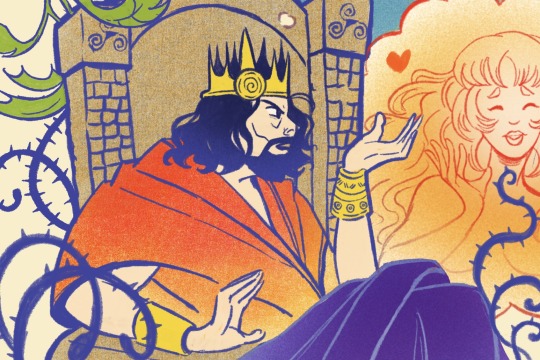
Sneak peek of my May Folklore Postcard! Part 3 of the tale of Deirdre and Naoise.
If you'd like to view the full post as well as join the monthly postcard club, you can do so here!
Part One
Part Two
#irish mythology#irish folklore#artists on tumblr#celtic mythology#illustration#amylouioc art#fantasy illustration#irish myths#irish#ulster cycle#deirdre#naoise#conchobar mac nessa
15 notes
·
View notes
Text
Blackcrowing's Ogam Masterpost

Why Ogam is Definitely Not a Tree Alphabet
Beith
Luis
Fern
Sail
Nin
hÚath
Dair
Tinne
Coll
Cert
Muin
Gort
Gétal
Straif
Ruis
Ailm
Onn
Úr
Edad
Idad
Forefeda, What it is and Why I Don't Use it
My Divination Meaning Guide
My kofi
#Ogam#ogam staves#ogham staves#divination#language#old irish#irish#irish myths#irish mythology#celtic mythology#celtic reconstructionism#blackcrowing#masterpost#ogham
45 notes
·
View notes
Text
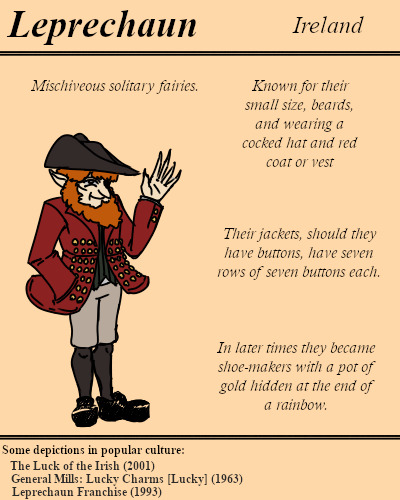
Oh lucky day! Perhaps the most famous beings of Irish legend in the modern day, the leprechaun stands clothed not in green, but red.
#BriefBestiary#bestiary#digital art#fantasy#irish folklore#celtic folklore#leprechaun#fae#faerie#fairy#folklore#legend#myth#irish myths#solitary fairy#pot of gold#shoemaker
11 notes
·
View notes
Link
Peadar O’Guilin’s brutal novel ‘The Call’ is set in an apocalyptic version of Ireland, where the country has been closed off from the world by supernatural means, with no one able to enter, or leave. The unfortunate number who remain are slowly being whittled down, stolen away by the chilling Daoine Sídhe – the fairies of Irish legend.
At fourteen, protagonist Nessa has a one is ten chance of making it to adulthood – most assume her odds will be even lower after an unfortunate resurgence of Polio in her childhood left her legs damaged. But Nessa is determined to survive the Call, which snatches adolescents away to the realm of the fairies, where most will find themselves dead at the hands of the Tuatha Dé Danann.
Keep Reading
#The Call#Peadar O’Guilin#Tuatha Dé Danann#Sídhe#Daoine Sídhe#Fairies#Mythology#Myths#Myths and Legends#Irish Myths#ireland#Book Recs#Book Reviews#Fantasy#Horror#Body Horror#Magic#Changelings#Stolen by Fairies#Fairyland#Mythos Reviews#Mythos Articles#Milesians#The Grey Lands#Nessa#Fae
10 notes
·
View notes
Text
January 2023 Reading Wrap Up


Currently Reading: A Fatal Crossing by Tom Hindle
Started Reading: 29 January 2023
Progress: 29%
#books & libraries#reading#booksbooksbooks#book review#star wars#reading challenge#the magicians nephew#narnia#greek mythology#egyptian mythology#the lord of the rings#edgar allan poe#j r r tolkien#c s lewis#the 5th wave#stone blind#Medusa#irish myths#celtic mythology#greek retelling#Loki#norse mythology#Norse retellings#rogue squadron#star wars legends#the storygraph#January#January 2023#goodreads#currently reading
3 notes
·
View notes
Text
#st. patrick's day traditions#st. patrick's day#leprechaun traps#leprechaun legends#leprechaun gold#leprechaun#irish myths#irish folklore#irish fairy tales#irish culture
0 notes
Text
Reading oldish books is fun because I know that they mean happy but gods I can't stop imagining that just, all fairies are gay on midsummer's eve.
0 notes
Text
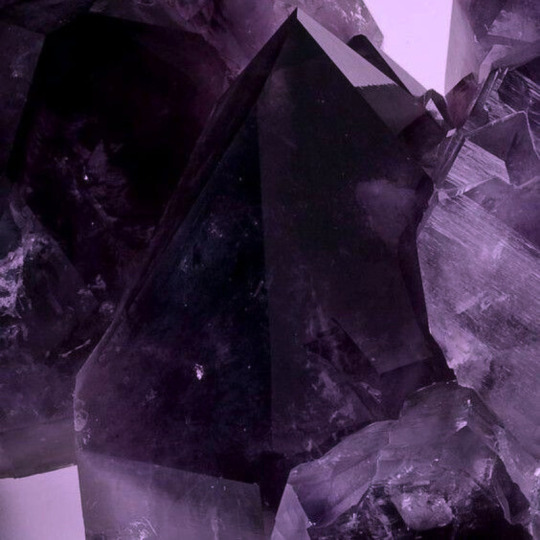
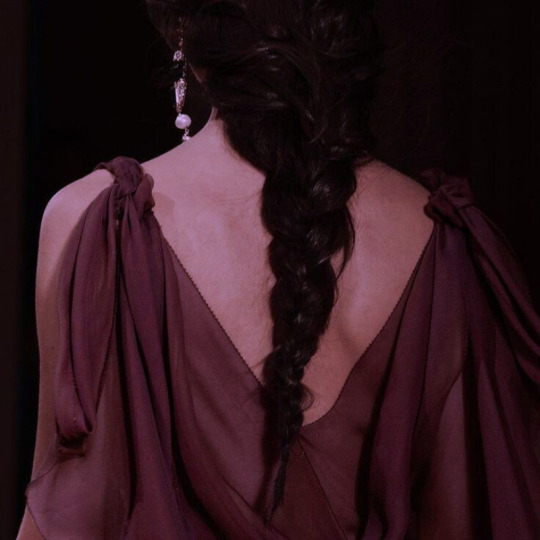


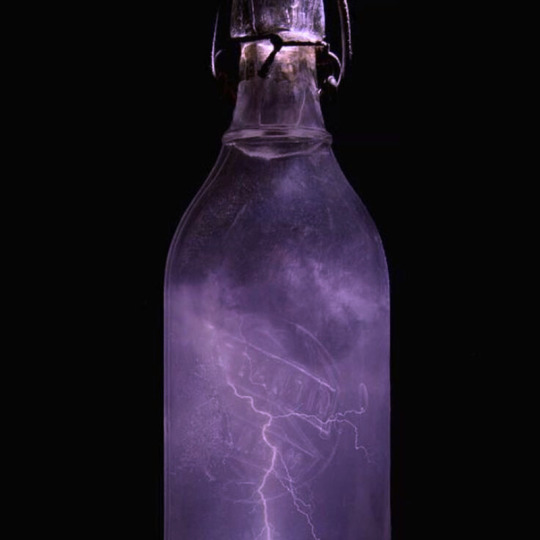
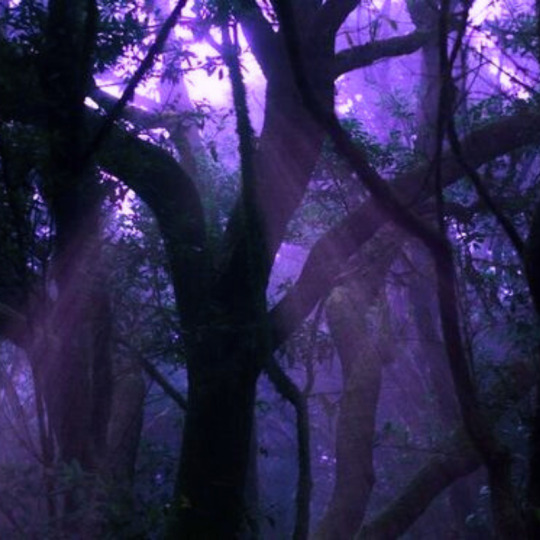

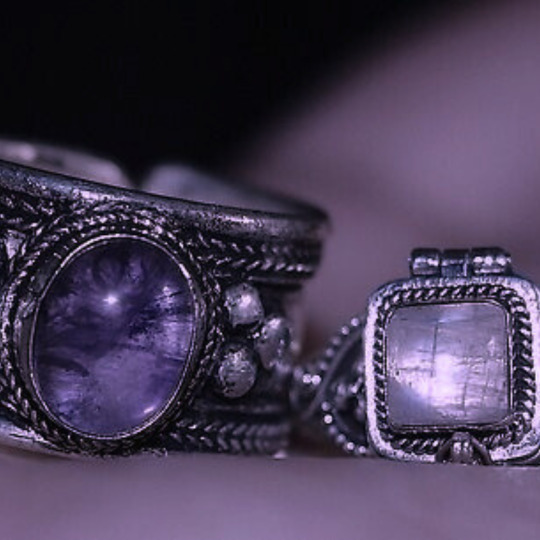

irish mythology: danu
danu is known as the mother of irish gods. she is the mother goddess of the tuatha dé danann – in fact, these supernatural beings take their name from Ddnu, as the name tuatha dé danann translates to ‘the peoples of the goddess danu.' she is strongly associated with nature, as well as regeneration, wisdom, death, and prosperity. it’s thought that she passed on her own wisdom to members of the tuatha dé danann, as well as her creative and crafty talents.
213 notes
·
View notes
Text
Current brainworm, none of the Celtic cultures' creation myths have survived, even though they almost certainly had one. The closest we have is the Lebor Gabala Erenn from Irish mythology, but it isn't a creation story, it records the various settlements of Ireland, ending in the Gaels. However, it is thought that there are reflections of an earlier creation myth in the LGE and in the Tain, and there are similar themes that validate that the Gaels at least viewed the creation of the landscape in this way from various other stories. Additionally, we can compare other Indo-European creation myths to figure out what elements the Gaelic creation myth almost certainly would have had. These include:
Before creation, there is a void of some kind
In that void, fire interacts with water/ice to create the first life
A primordial bovine, most likely a cow (bulls were more common in IE cultures that emphasized pastoralism over crops. The Romans had a she-wolf, because they had to be edge lords)
One primordial being or possibly a set of twins who are sustained by the milk of the cow
One of the twins/the primordial being is dismembered to create the physical world
So already we have the makings of a general creation story, and if you're familiar with Norse mythologies, you might recognize it. In fact, it's thought that the Norse creation myth has retained the most elements of the original IE myth
However, scholars point out that the primordial being that is killed is called *Yemo, meaning "twin", which means there was likely originally two first beings. In the one sacrificing the other, the act renders the brother doing the sacrificing as the First Priest, who creates the concept of death, but in doing so turns that death into the living world. The sacrificed brother is then typically rendered as the First King and Ruler of the Land of the Dead. By setting up this order for the world, the First Priest establishes that life cannot exist without death (whether it be harvesting crops or butchering livestock), and typically, these myths continue and establish the role of the priests in society, who's job it is to ensure the continuity of the original sacrifice and maintain the living world
Now, here's where we get into my speculation;
I think it's likely that the Irish creation myth involved a set of twins. Off the top of my head, I think that possible reflections of this can be found in the brothers Amergin and Donn and in the Donn Cuailnge and Finnbhennach from the Táin. With Amergin and Donn, Donn insults the goddess of the land and is drowned. In doing so, Donn becomes a god of the dead and all the souls of the dead have to gather at or pass through Tech Duinn. Amergin however, secures the support of these goddesses and is able to go on and give order to the Gaelic rule of Ireland by deciding who will rule what and serves as the Chief Ollam (bard) of Ireland. In the Táin, after the main Plot has gone down, the Donn Cuailnge and Finnbhennach fight and the the Donn Cuailnge ends up killing Finnbhennach. As the Donn Cuailnge passes through the landscape, pieces of Finnbhennach drop off his horns and form/name part of the landscape. I think it's also interesting how in both these stories, one of the duo is explicitly associated with the color white (Amergin is called "white knees") and the other one is dark, but the opposite one dies first in the stories
Also, if we look at myths like the creation of the Shannon and the Boyne rivers, where in the goddesses Sionnan and Boann, respectively, die in the rivers' creations, we further see that the death of one figure to create an element of the landscape is a relatively common one, so a creation story similar to the one I hypothesize the Irish had wouldn't have been outside of pagan Irish belief
Additionally, if we look at the duíle, kind of like the Irish elements/natural features, we see that the nine elements/features are each explicitly associated with body parts. Stone is associated with bones, the sea with blood, the face with the sun, ect. I think this could be a call back to that earlier creation myth
Off the top of my head, that's what I've been mulling over. Idk, I might be completely off the mark, but if anyone wants give their thoughts, I'd love to hear them. I'm certainly not an expert in Irish mythology and there may be some key factor that completely sinks this idea
#Sword speaks#Irish mythology#Irish pagan#Irish polytheist#Celtic pagan#Celtic polytheist#creation myth#idk man my brain has been like a dog with a bone with this for days and I'm curious what others might think
235 notes
·
View notes
Text

Étain, depicted with her peers in power and beauty
Harry Clarke, stained-glass, [c.1900]
Left to right; Étain [or Éadaoin], Helen, Medb and Fand.
290 notes
·
View notes
Text

Deirdre Meets Naoise
This is my April postcard! If you’d like to join the club and get sent one, you can sign up here!
#irish mythology#artists on tumblr#irish folklore#celtic mythology#illustration#amylouioc art#fantasy illustration#irish myths#ulster cycle#deirdre#naoise#irish
102 notes
·
View notes
Text
one of the reasons i object to the random assignation of words like "mythology" and "folklore" to some medieval literature (and by random i mean interchangeably and with no real consideration of what they mean) is that when you look at what gets called mythology and what gets acknowledged as literature, it's very othering, it's very noticeable that english and french material generally gets to be literature* and lit in celtic languages is folklore, and it often obscures the actual historical context of that material. in particular it obscures the literate, learned institutions that produced that literature whether courtly or ecclesiastical in favour of attributing it to some nebulous voice of the people that ignores the complex web of influences and powers that shaped those stories
if chaucer isn't folklore then a fourteenth century irish text isn't either. if shakespeare isn't folklore then a sixteenth century irish text isn't either. etc etc. the anonymity of the author does not make it any less a self consciously literary production within a learned environment with influences from classical and contemporary literature written to support political aims or to respond to contemporary events
folklore exists, and is not these texts (it does a disservice to folklore and folklorists to assume you can approach them in the same way methodologically tbh!). mythology exists, and is a difficult-to-discern thread that runs through some of these texts (i find the dindsenchas elements particularly convincing as mythological, but otherwise it's hard to identify what's what, particularly when authors are making classical allusions all the time). but what the majority of these texts are, at face value, is literature. the way that they get othered and made out to be somehow more primitive and magical just bc they're in celtic languages and (usually) anonymous really pisses me off
*arthurian material is the exception but this usually relies on some vague notion of celtic origins so it's actually the same phenomenon wearing a different hat
#oh yeah this is definitely discourse sorry#reblogs OFF replies ready to be shot on sight#there are uses of terms like myth that are more grounded and sound than these uses#they're not the ones i'm talking about#i'm talking about the arbitrary description of any and all irish literature as 'celtic mythology' and/or folklore#and like. not to vagueblog ao3 but. also ao3's garbage tag wrangling contributes to this#i will continue to stubbornly tag my shit as medieval Irish lit#it is not ancient religion and lore. it's a fucking fifteenth century text my dude
66 notes
·
View notes
Text

Dagda and the Woman of Uinnius by Jim Fitzpatrick, 1986.
Greystoke Trading Company
#celtic#irish#celtic mythology#mythology#myths#jim fitzpatrick#illustration#art#greystoke trading company
78 notes
·
View notes
Text

The Fetch [Irish/Scottish folklore]
Imagine unexpectedly meeting a dear friend, who seemingly crossed paths with you by pure coincidence. But something’s wrong: the friend is acting weird and you get the feeling that you’re not talking to someone you’ve known for a long time, but rather an exact copy of that person. This, in old Irish folklore, is the Fetch: an enigmatic being that copies a living person down to the smallest details.
While the Fetch was always regarded as an omen of sorts, John O’ Hanlon made an important addition in his 1870 book ‘Irish Folk Lore’: according to him, the person whose future the Fetch predicts is not the one who sees the omen. Instead, the creature will appear as an exact copy of someone and will then appear to a close friend of the one he copied. This will often be a strangely sudden and mysterious meeting. If this friend sees the Fetch in the morning, this will not affect him, but the person who was copied will live a long and prosperous life. If the friend sees the Fetch at night, the person who was copied will die soon, but the person who sees the apparition will not be affected either way.
According to Feats, belief in the Irish Fetch was also commonly found in Scotland. This claim might have been derived from a statement by O’Hanlon that the Fetch is related to a similar Scottish spirit.
Sources:
Kinahan, F., 1983, Armchair Folklore: Yeats and the Textual Sources of “Fairy and Folk Tales of the Irish Peasantry”, Proceedings of the Royal Irish Academy, Section C: Archaeology, Celtic Studies, History, Linguistics, Literature, Vol. 83C, pp. 255-267.
Yeats, W., 1993, Writings on Irish Folklore, Legend and Myth, Penguin UK, 496 pp. (this is a collection of Yeats’ writings from the late 19th and early 20th century.)
(image source: ‘How They Met Themselves’, 1864 watercolor painting by Dante Rossetti. The painting is not meant to depict the Fetch spirit but I thought it fits well.)
137 notes
·
View notes
Text
The warrior Oisín was beloved of the immortal Niamh who took him to her home of eternal youth, Tír na nÓg. They lived their happily for hundreds of years before Oisín grew homesick and wished to visit his old lands.
Niamh agreed and gave him a white horse to carry him, but warned Oisín to never touch the ground. Though Oisín agreed he sadly fell from his horse, his missing years instantly catching up to him as he transformed into an elderly man.
More Myths
#Mythos#Mythology#Myths and Legends#Irish Myths#Irish Legends#Niamph#Oisin#Immortality#Tír na nÓg#Mythos Snapshots
6 notes
·
View notes
Text
I've been looking more into the myths and legends that inspired Tolkien, specifically into Irish Mythology, and there are actually a lot of very interesting similarities, particularly in Tir na nÓg and the Tuatha dé Danann.
Tir na nÓg means 'the land of the young', and is an enchanted isle off the west coast of Ireland where all were happy and suffered no illness or unhappiness. It is also called the Otherworld, and just like with Valinor, was often mistaken for a kind of heaven or afterlife when it was an actual, earthly place that could be reached by sailing across the sea(or through magic).
It was from Tir na nÓg that the Tuath Dé came, sailing eastwards in a fleet of 300 ships. Tuatha dé Danann means "people of the Goddess Danu". The Tuath Dé are immortal beings who are immune to aging and illness who came from across the sea and inhabited the lands of Ireland before Men ever came there.
Upon landing on Ireland's shores the Tuath dé immediately took the ships they had used and burned them to prevent anyone from returning to their homeland. The smoke from the fires could be seen for miles and the dark cloud lasted for three days straight.
In their first battle against their enemies and former inhabitants of Ireland the Formorians, the King of the Tuath Dé, Nuada, had his arm sliced clean off. Because he was no longer "unblemished", he thus lost his kingship, although a new hand was made for him that was made of silver. Nuada thus gained the epithet of Airgetlam, meaning 'silver hand/arm'.
They were powerful magic users, and during the years they spent there conquered most of Ireland, though at the cost of much blood.
But just like the Elves, so do the Tuath Dé and their power eventually fade at the coming of Men, the Milesians, the ancestors of the Irish people. In some tales the Tuath dé fight back and are driven underground by the Milesians, but in others versions the Tuath Dé foresee and accept their fate, and flee beneath the earth where they later become the sidhe, the fairy folk, or Little People, living in barrows and cairns. In other versions, the Goddess Danu sent many of the Tuath Dé to live in Tir na nÓg, and made homes beneath the earth for those who wished to stay.
Overall, very alike to Tolkien's Elves, specifically the Noldor!
#there's also Failinis who was an enormous magical hound#who was practically invincible and could slay any creature it came across#sounds very much like a certain hound of valinor...#silmarillion#Tolkien#Irish myth#tuatha de danann#tir na nog#Noldor#Valinor
151 notes
·
View notes